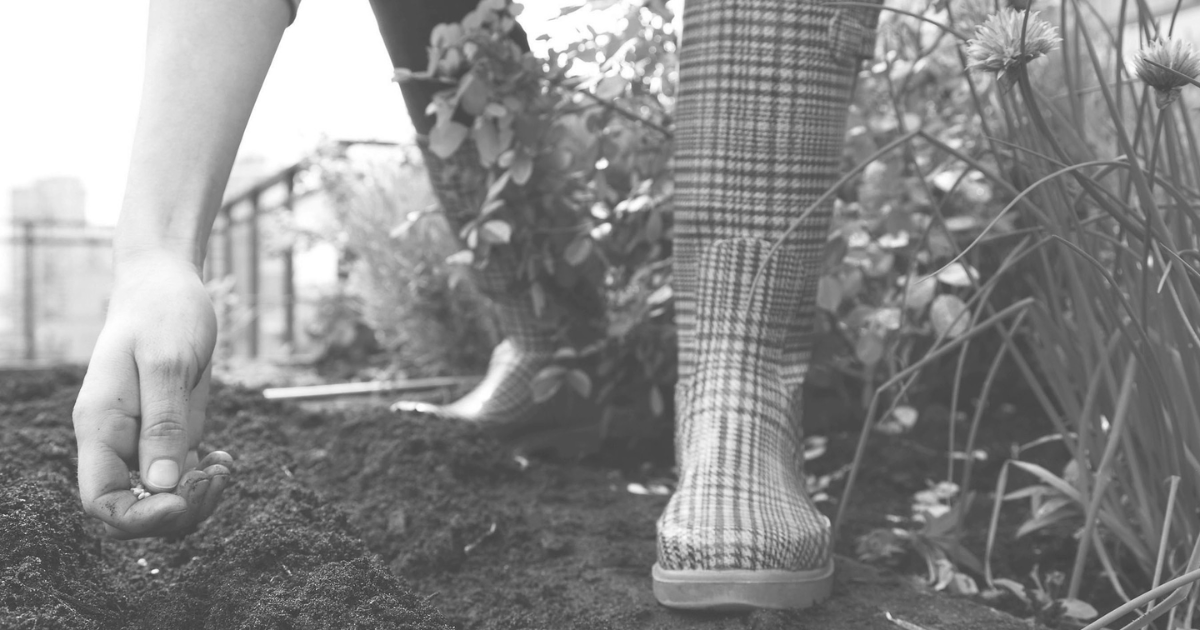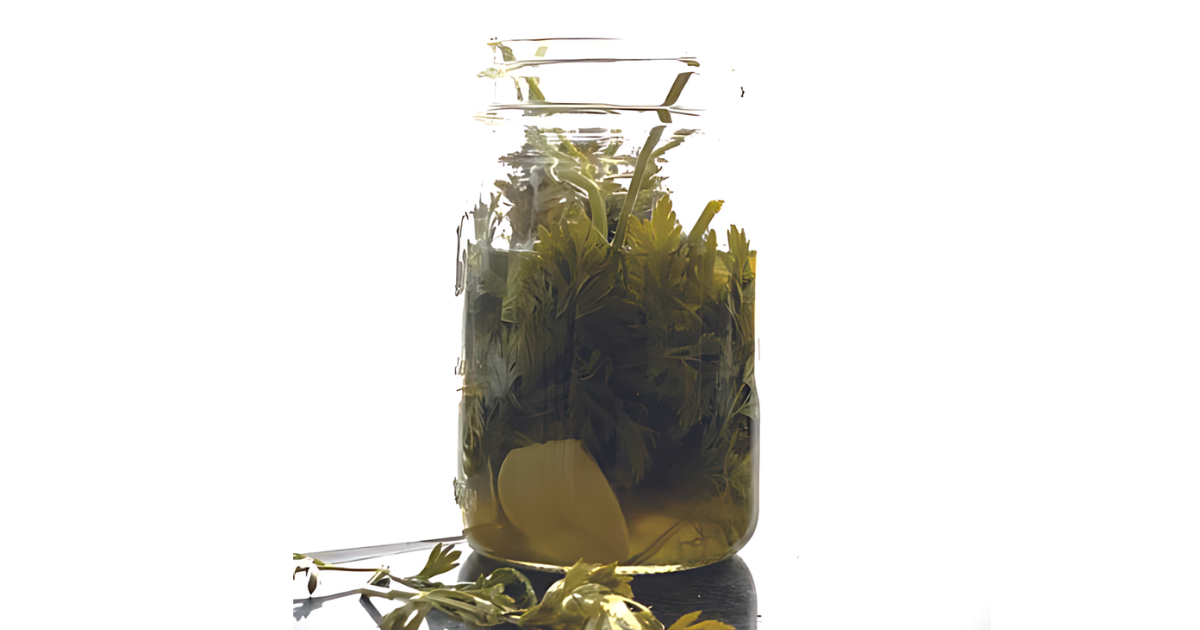by Aili Forbom Brown – Originally published 1978 number 14. volume III:2
Lammitetaanko sauna?” Through the phrase will stymie the best of non-Scandinavian tongues, it is one of the most vital in all of Finland, a query that can be promoted by the opening of a business conference, a broken love affair, the end of a long journey or the beginning of a marriage. Although these diverse events seems to have little of nothing in common, to a Finn they call for the traditional invitation: “Shall we heat the sauna?”
To the uninitiated, sitting in a small. wooden room on Spartan benches with the temperature soaring up to 220 degrees Fahrenheit may sound like nothing less than torture. To sauna addicts, it is the most cleaning, relaxing experience known – one of life’s simplest pleasures and one that can restore body, mend and, often strained relationships.
It is almost certain that the sauna (pronounced sow-oo-nah) originated in Finland where there is said to be one for every eight people in the country. When new areas of the Finnish countryside were settled in times past, the sauna was usually the first building to go up, serving double duty as the family home until the house was up.
An old fold adage states that “If spirits, tar or the sauna don’t cure you, you’re finished,” and the Finn firmly believes it, taking a sauna cure for everything from mosquito bites and bruises to rheumatism. Finnish mental hospitals use the “hot sauna to cold lake” routine as part of their treatment programme. Researchers in threat country have also shown that sauna devotees tend to have healthier circulatory systems that those who avoid the heat. A Boston physician, Dr D. Donald Snyder, believes that the sauna technique could reduce the number of treatments needed by patients on artificial kidney machines because the induced sweating bring out body wastes.
Emigrating Finns have long worked to spread the gospel throughout the world, but many today are bemused by the current excited reaction among North Americans who have newly discovered the habit. A sauna to a Finn is as basic as the food he eats or the air he breathes; he can only smile when new enthusiast assume they have found the very latest eco-status symbol.
Fortunately , the simplicity of the ancient saunas of Finland cannot be much improved upon. The pleasure comes from intense, dry heat taken in an unpretentious wooden room Early saunas were made of logs, and it is highly unlikely that any synthetic substances will replace unpainted, untreated wood as the material of choice for the interior of a sauna.
Wood has the ability to absorb hot water vapours and thus acts to maintain the dry heat that is so essential. (skeptics often refuse to believe that humans beings can sit in temperatures of 170 to 220 degrees Fahrenheit and survive, let alone profess to enjoy themselves. After all, everyone know that water boils at 212 degrees. Generations of healthy Scandinavians are proof that terrific temperatures – as long as the humidity is kept low – are no only bearable but stimulating).
THE RITUAL
Most saunas consist of two rooms. One is for dressing and, in Finland, often doubles as a spare sleeping area for guests. Typically it is very simply furnished, with benches along the walls, wooden pegs on which to hand clothes and a supply of coarse towels, usually linen, because they dry so much more thoroughly than soft terry cloth.
Even when electricity is unavailable, many prefer the subdued glow up an oil lamp, lantern or even a candle. Frequently, a small window is built in the wall dividing the dressing room from the seam room, and the light is placed on a shelf or stand there, making the dressing light and the sauna room mystically dark.
The steam room itself is also extremely simple – start in fact. The kiuas (kee-oo-us)or heating unit on one side, the lauteet (lauteet) or tier of benches on the other. On the wall is a thermometer, and the only other accessories are those necessary to the sauna bath: containers for water, and a ladle of some kind with which to throw water on the kiuas.
The kiuas itself is infinitely variable (each sauna owner thinks his is by far the best), but it often takes the form of a box-like affair made the bricks and cement with a firebox inside. The stove is completely mounded with clean stones which absorb heat from the firebox and maintain the temperature of the room. Pipes from the firebox lead to a container or tank to supply hot water. A tub elsewhere in the room contains cold water – often carried in pails from the lake.
Water is thrown on the hot stones sparingly, about a cupful at a time, so as not to create a roomful of steam.
There is a great deal of ritual involved in this custom. The Finns considers the sauna sacred, and loud talking, singing and other unseemly behavior is frowned upon. In face it is through that anyone who breaks these rules will be punished in some way later.
Most take the sauna in three stages. First, several minutes of steaming followed by a rinse, a swim or a roll in the snow, depending on the weather and the inclination of the individual. The second step is more steam, followed by shampoo and other cooling off break and finally a third round of steam, the washing of the body with a coarse brush, loofa or sponge and final rinse.

The true sauna addict adds an other dimension to the ritual. This is the stimulation of his skin and circulation by literally “spanking” himself all over with a vihta, a switch made of birch branches. These are gathered early in the summer when the foliage is out in full leaf and at its prime. Several short branches are tied together and, in the hands of an expert vihta make, these bouquets become works of art. The are tied in pairs and hung over a rafter to dry. Although the leaves become so dry that they crumble at a touch, they have the strange ability to reconstitute themselves and can be used twice.
Prior to use, the vihta is placed in a pail of lukewarm water and after soaking is transferred atop the hot kiuas stones. There it is turned constantly and in the mater of moments the leaves’ original resilience is restored. During the process a most heavenly smell has permeated every corner of the sauna. it is to regain this natural and early tang of smoke and birch leaves that most people avoid the use of highly perfumed shampoo and soap in the sauna. The birch odour is, in fact so distinctive and desirable that one distributor is marketing toiletry products called simply “Sauna.”
During the summer months, a fresh vihta is made for each use, but those made for midwinter bathing are handled with care. Some freezer owners have discovered that a vihta placed in a plastic beg and frozen can be used immediately upon thawing, without the reconstitution step.
Those taken aback by the whole idea of self-flagellation will be pleased to learn that a great many Finns do not fancy the vihta habit.
Unfortunately, too many people are put off the sauna habit itself by an unpleasant first experience, usually becuase they have tried to take too much heat, too quickly. A properly built sauna has benches in tiers, like bleachers in a stadium and it is well for beginner to start on the first level, where it is coolest, and gradually work up to the third bench. The hottest part of the room is near the ceiling and the head naturally gets the most steam, so many prefer to lie on the top bench with their feet elevated – a fine position for getting blood to the brain.
One first-timer vowed that if she ever escaped from the paralyzing heat, the whipping and the scrubbing with a brush that made her kitchen boom seem velvety by comparison, she would never venture into a sauna again. After a shower and a short nap, however she felt “a profound sense of well-being; strong, weightless, clean beyond description and as refreshed as though the gods had rubbed me with magic elixir.” Such are the sensations that tie people to the sauna.
SAUNA ARCHITECTURE
There is no set formula for how a sauna much look or be constructed. The size can vary greatly and it can be independent structure or nothing more than a small room tucked into the corner of a basement. One might spend a small fortuner on a custom-built redwood sauna with automated heat controls, but the fact is that a totally acceptable model can be made with little or no expense.
A source of heat will be the first consideration for most sauna builders, but it should not prove a vexations problem. A variety of electric kiuas – neat, compact and controlled instantly by a switch – are now available. They are mandatory where wood cannot be burned, but they are not cheap.
On the opposite end of the spectrum is the original, old-fashioned savu or smoke sauna that is seen only rarely in this country. In these the fire is started early in the day and, since this is no chimney, the smoke rises through the stones, fills the room completely and escapes through a rappana, a small opening high on one wall, and through the door if it is left ajar.
The heat radiating from the rocks brings the room temperature to the sizzling point. The difference in heat is impossible to explain – it’s typical case of, “If you know, you know, if you don’t know, it simply can’t be described.” Through the years the smoke in a savu sauna blackens the walls and the delicious aroma of smoke lingers in the building all the times. When an older Finn reminisces about “the good old days,” it is as often as no the savu sauna which invokes the greatest feeling of nostalgia.
The compromise, of course, is a wood-heated sauna with a proper chimney. Those adepts at masonry may elect to build in a kiuas, using a small oil drum place on its side as the nucleus. The drum is enclosed on each side, below and at the back in box of bricks or sheets of steel. A chimney vents smoke outdoors and a hinged door (which can be made with the original drum lid) is added at the front of the fire-box.
Simpler still, one can install a woodburning stove and if it has a large surface, cover the top with a brick box in the manner described above. A shallow metal box or tray, set on the stove top, can also serve to contain the hot rocks (see accompanying photos). Almost any type of wood stove will provide the necessary heat, and one needn’t go looking for an expensive new airtight just to heat the sauna.
FLOOR PLANS
The most common failing in saunas designed by amateurs’ is a celling built so high that the lover levels of the room are left too cool as the heat rises. In a properly planned sauna, the ceiling will be only 12 inches from the top of the head of an adult sitting on the upper most bench (eight feet high will work in most family-type saunas).

Ideally the sauna should be lined with cedar, which resists decay, has a fine aroma and easily absorbs moisture. Other woods commonly used are pine and spruce; solid planks are most aesthetically pleasing, but plywood can be used. Nothing in the sauna should be painted, as the high temperatures will bring forth unpleasant vapours. Ideally, varnish and wood preservatives should also be shunned – for similar reasons – but some builders prefer to use “marine” plywood to prolong the life of the building.
A small window is considered desirable to let in light and allow the sauna to air after use. Many saunas, however, have only a small vent opening near the ceiling on one wall to help regulate the temperature. This rappana (about six by 18 inches) has a sliding door in grooves and can be opened when ventilation is needed.
Size of the floor area will depend on how many people are intended to fit into the room at one time, as well as on other constraints. Six feet by seven feet is probably the minimum practical size. To make the sauna practical for year-round use and to conserve energy, insulation is highly recommended. The floor may be wood or cement, preferably with a slight slope running to a drain. If the heat source is not built-in, care should be taken to assure that nearby wooden surfaces are protected from the heat – either with brick, stone or aluminum sheeting.
To heat water, an ordinary new galvanized garbage can may be set beside the stove, place on a simple stand to raise it off the floor. A copper tube can be connected between stove and water container, leading from the bottom of the garbage can into a coil in the heat box and back to the upper level of the water can. Water will circulate freely when the stove is hot and copious amounts will be produced in a single sauna session. (In rural areas of Finland the women always made use of this water for laundry washing once the weekly sauna bathing was done.)
THE MAGIC
Sauna initiates are often aghast after their first hour – the minimum total bath time for noticeable results – in the sauna. First timers find the “dirt” seems literally to roll of one’s body. Most of this, of course if not dirt at all, but dead skin.
In addition to cleansing the pores, a sitting in the sauna gives the hear and circulatory system a moderate workout (bathers’ pulse rates rise to about the same level measured at a brisk walk). Most medical authorities who have gone on record about the health aspects of sauna bathing believe it is beneficial – most importantly in relieving tension. However, anyone with heart problems, diabetes, or high blood pressure may have to forego the sauna; individual with these or other major health problems should talk to their doctor first.
APRESS SAUNA
For maximum enjoyment, the sauna should be entered with an empty stomach. The seating out process eliminate both water and salt from the body and leaves the sauna bather with a definite craving for something salty as well as a refreshing drink.
A sausage is often eaten at the end of the ritual, cooked in a pan on the kiuas stones (nothing but water and the vihta are ever placed directly on the stones) or in the dressing room. (the more elaborate saunas not have a fire place in the dressing room and many like to spear the sauna sausage on a stick and cook it over the open flame.)
A traditional after-sauna drink is simaa, a type of mead. There are as many recipes for this mildly alcoholic drink as there are designs for kiuas, but in the wake of the intensive heat it is always refreshing and a find way to end a sauna with friends. (See Recipe below).
Hospitality, in most parts of the world, revolves around an invitation to a meal. When a Finn wishes to extend his friendship, he is very likely to invite you in to his sauna. It is an invitation that should never be turned down. Sauna diplomacy in the words of a former member of the Finnish Parliament, is very simple:
“Problems that seemed insoluble solve themselves after we all have had a sauna. I wish they would introduce steam baths at United Nations meetings and other international conferences. The people of the world would understand and respect each other better if they once sat together in the solemn but relaxing atmosphere of our native bath-house.
Regardless of whether your sauna is ready built of fine cedar or an old shed converted to a better use, I predict you’ll soon find yourself to be a serious sauna addict – and that is the very best addict of all.
“Lammitetaan sauna!” (Let’s heat the sauna!)
Aili Forbom Brown is a writer who lives in Lindsay Ontario.
SIMA
(After Sauna Mead)
This is the traditional Finnish beverage to refresh drained tissues after a sauna. The recipe varies from family to family and some use honey rather than sugar.
Bring to a boil in a large kettle, 6 qts water
Remove from heat and dissolve in it immediately
- 2 cups white sugar
- 2 cups dark brown sugar
- juice and rind of one large lemon
Stir until sugar is dissolved
Allow to stand until luk warm and then add:
- 1 tsp dry winemaker’s yeast
- 1 cup of hops (home-grown or obtained from a drug or health food store).
After the yeast has dissolved, stir again very thoroughly, Allow to stand at room temperature for 24 hours stirring occassionally. Strain and bottle.
To each qt. add 1 tsp white sugar and 1 or 2 raisins. Leave again at room temperature. When the raisins rise to the top, the bottles should be put in a cold cellar or the refrigerator. If left out at this stage, it will continue “working” and become sour and alcoholic.
WARNING: Do not cap or cork tightly or bottles may explode. Better yet, use a winemaker’s airlock to allow carbonation to escape while keeping dust and flies from the simaa













